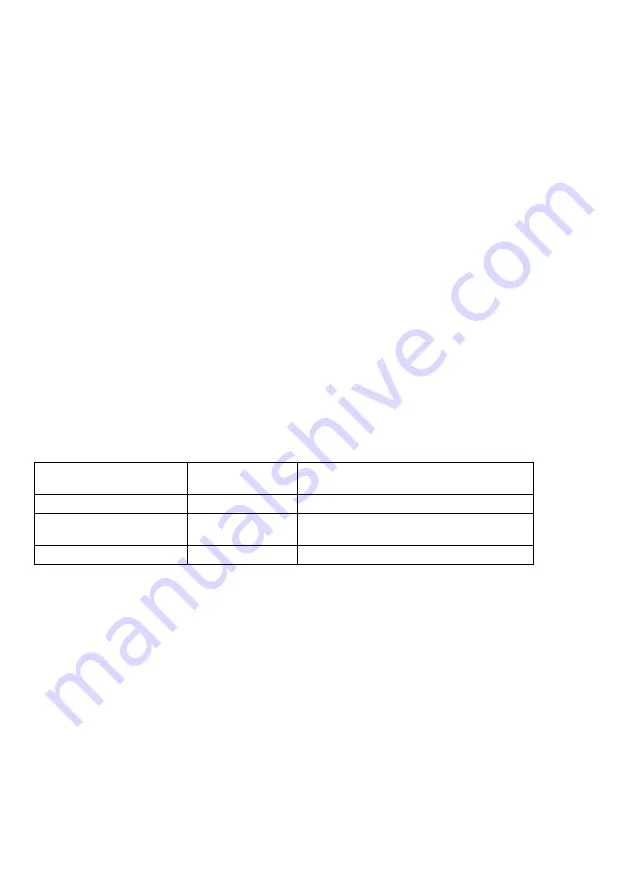
49
9.3 HID Profile
The scanner supports Human Interface Device Profile (HID profile), which can connect to an iPhone, iPad, Android device,
PC, or other device equipped with a Bluetooth
®
Specification Ver. 2.1+EDR-compatible Bluetooth
®
module.
(1) Caps Lock Status
Align with the Caps Lock status of the host computer.
(Default: Caps Lock off)
(2) Keyboard Type
Set to the connected keyboard type. (Default: Japanese (106 Keyboard)
(3) Numeric Data Transmission Format
Select “inboard numeric keys” or “numeric keys” on the connected keyboard.
(Default: Inboard numeric keys)
(4) Binary Data Conversion
Select the conversion type to be applied to scanned data from the following:
- “None” (ASCII) (default):
Converts 00h to 7Fh data to ASCII format, and outputs it bytewise.
80h to FFh data is not output with this setting. Scanning operations are completed
even though the data is not output.
- Binary conversion:
Converts 00h to FFh data to binary format, and outputs it bytewise.
- Kanji conversion
Converts 00h to FFh data to Shift JIS format and outputs it, two bytes at a time.
If there is any data to which this Kanji conversion cannot be applied, such data is
converted to binary format and output bytewise.
8140 to 9FFC, E040 to EFFC are allocated for Kanji.
Example: When scanned code data is “Kanji (
漢字
)”
Data:
漢
字
Shift JIS:
8ABF 8E9A
Binary Data Conversion
Format
Output Data
Note
None
Not output
Only the scanning operation is completed.
Binary conversion
8Ah BFh 8Eh 9Ah
Assigned characters
Output bytewise in binary format.
Kanji conversion
“Kanji” (
漢字
)
Output with Kanji conversion *
* Note that some connected devices or applications may fail to output converted data as it is displayed.






























